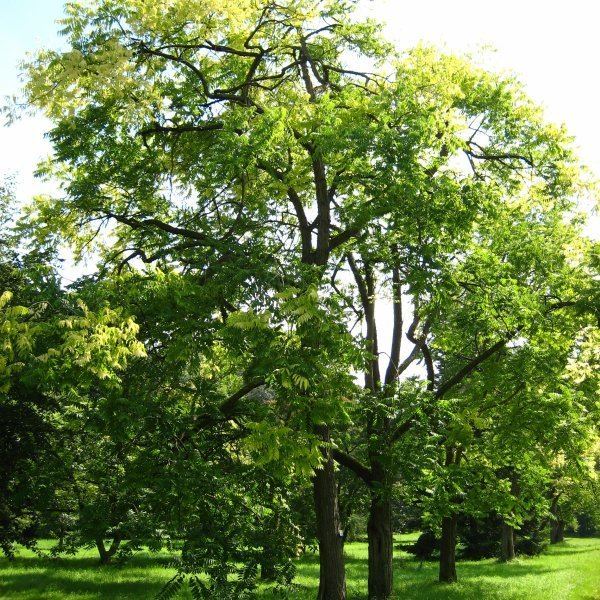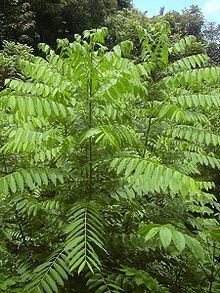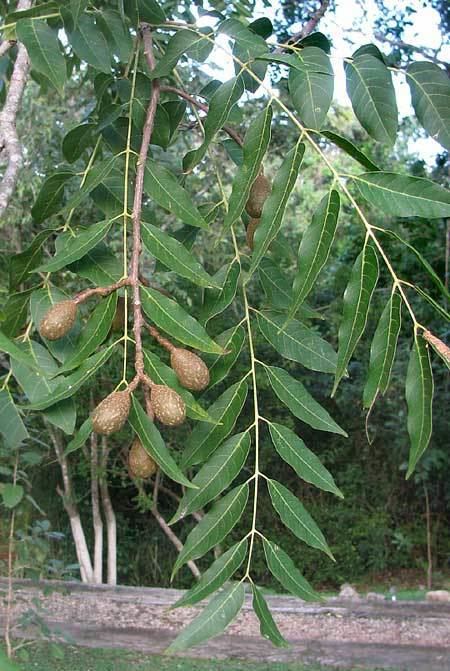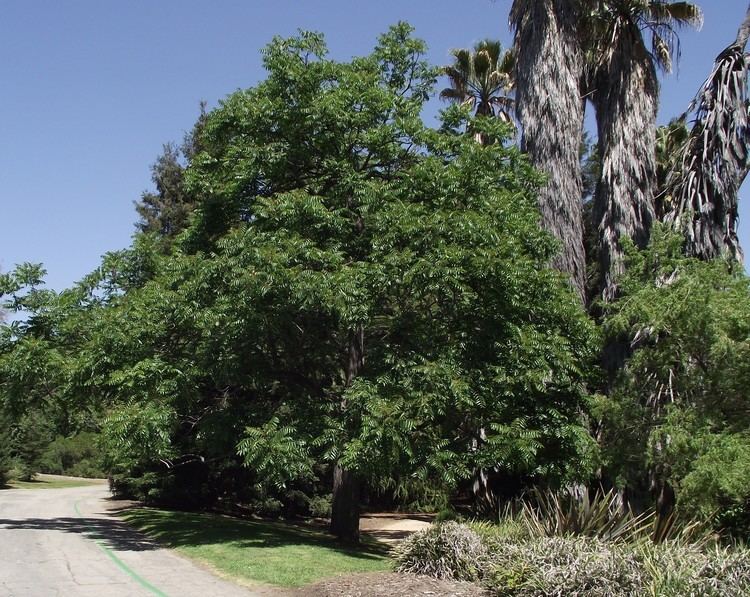Scientific name Cedrela Rank Genus | ||
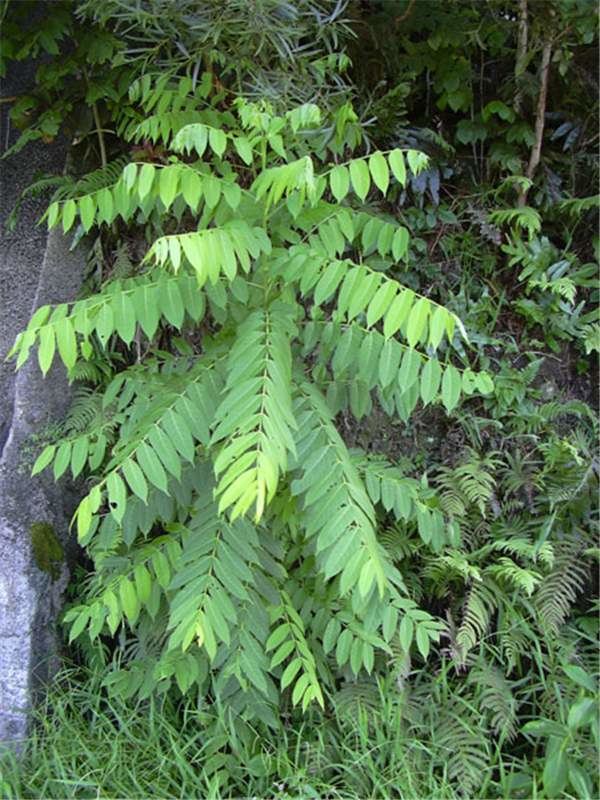 | ||
Lower classifications Cedrela odorata, Cedrela fissilis, Cedrela angustifolia, Cedrela montana | ||
Cedrela is a genus of several species in the mahogany family, Meliaceae. They are evergreen or dry-season deciduous trees with pinnate leaves, native to the tropical and subtropical New World, from southern Mexico south to northern Argentina. The name is derived from a diminutive form of Cedrus (cedar).
Contents
- Tertiary ingredients of cedrela toona formulations pankaj oudhia s medicinal plant database
- Taxonomy
- Distribution and Habitat
- Uses
- References
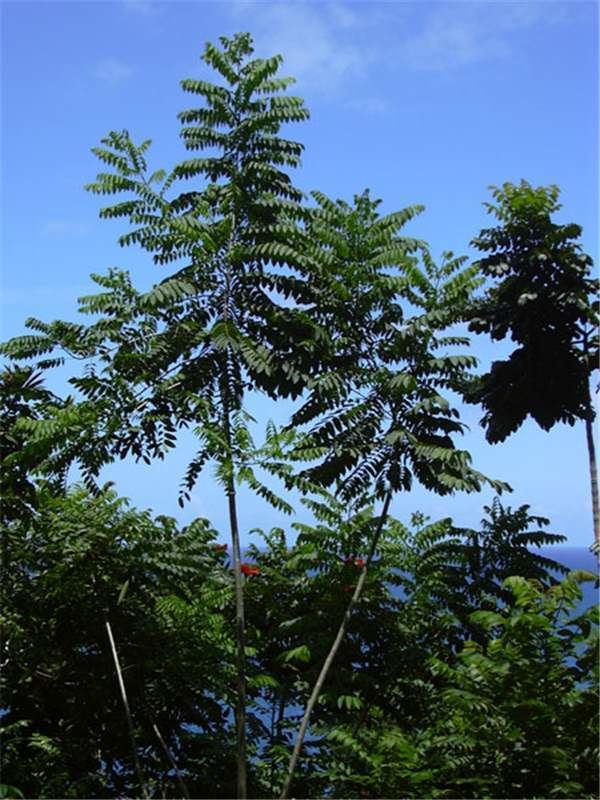
Tertiary ingredients of cedrela toona formulations pankaj oudhia s medicinal plant database
Taxonomy
These species are currently accepted:
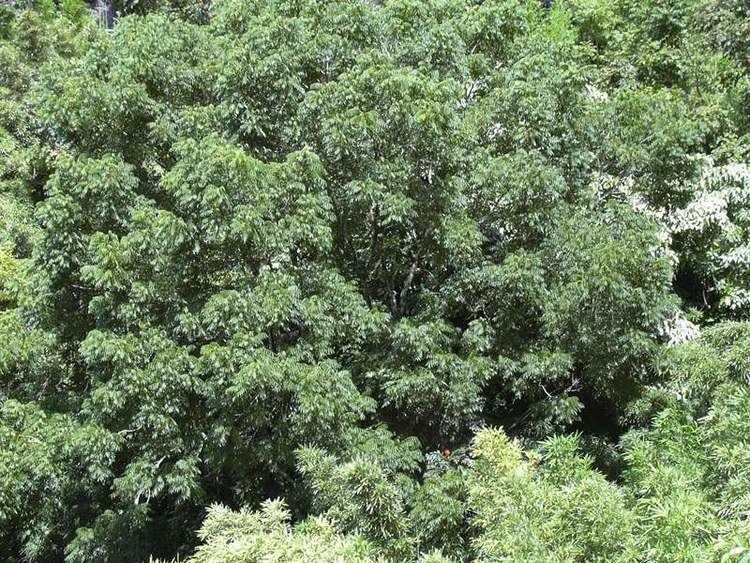
Distribution and Habitat
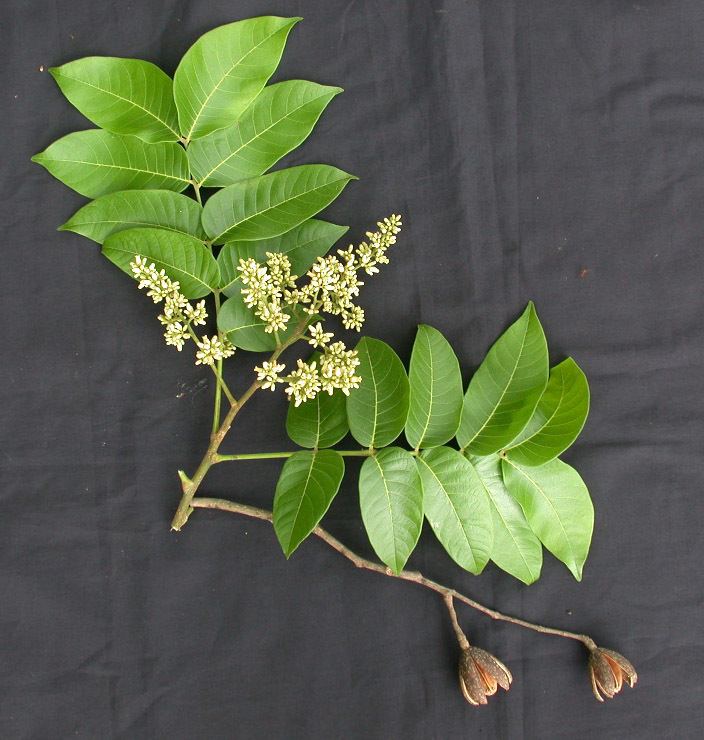
Cedrela odorata is the most common species in the genus, widespread in seasonally dry tropical and subtropical forests; it is deciduous in the dry season which may last several months. C. angustifolia and C. montana occur at higher altitudes in moister conditions, and are evergreen or only briefly deciduous.
Uses
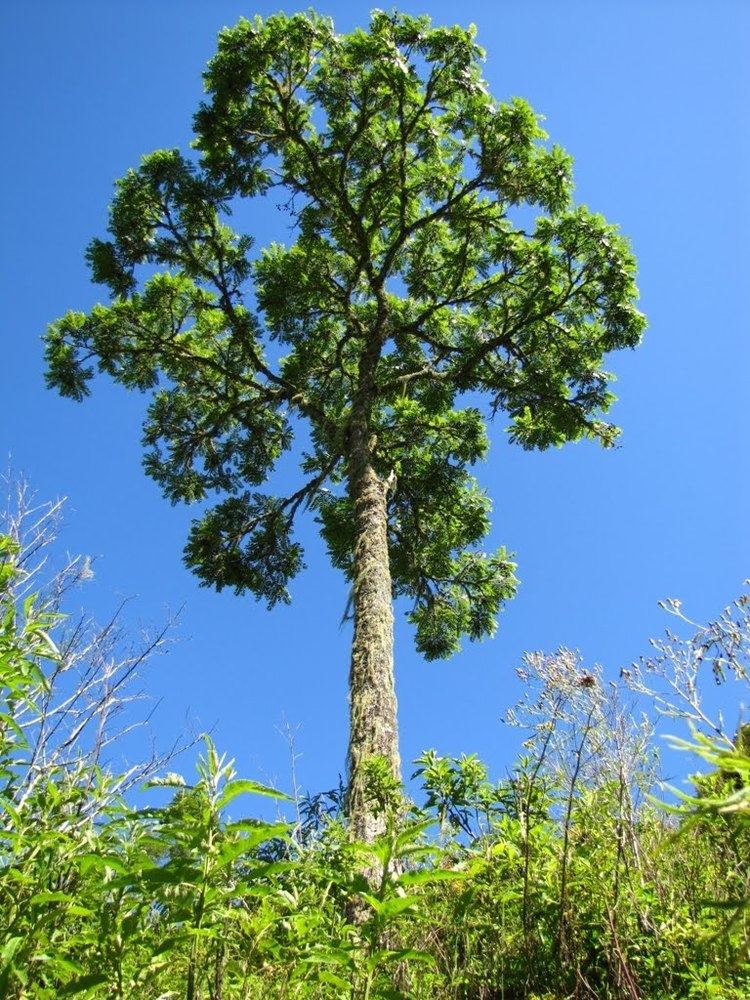
Cedrela odorata is a very important timber tree, producing a lightweight fragrant wood with very good resistance to termites and other wood-boring insects, and also rot-resistant outdoors. The wood is often sold under the name "Spanish-cedar" (like many trade names, confusing as it is neither Spanish nor a cedar), and is the traditional wood used for making cigar boxes, as well as being used for general outdoor and construction work, paneling and veneer wood. It is also used for the necks of classical guitars, as well as the linings (interior strips of wood that attach the top and bottom of the guitar to the sides). Some species are now CITES-listed, in particular Cedrela odorata. It is also grown as an ornamental tree, and has become naturalized in some areas in Africa, southeast Asia and Hawaii. The other species have similar wood, but are less-used due to scarcity.
